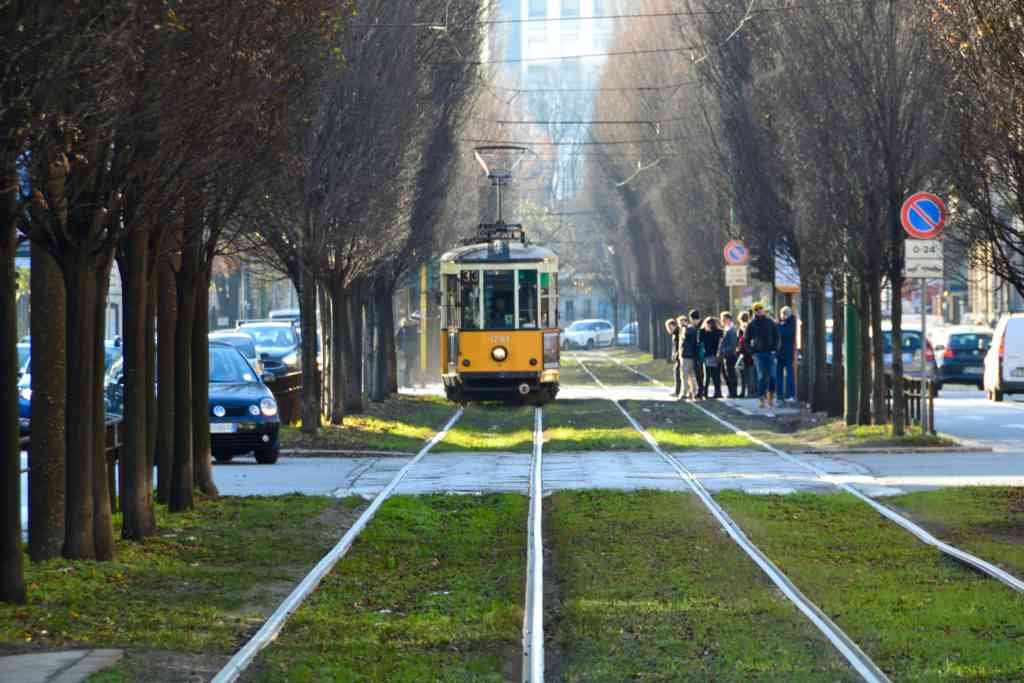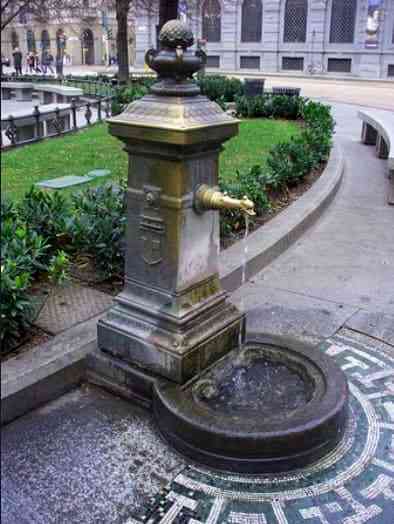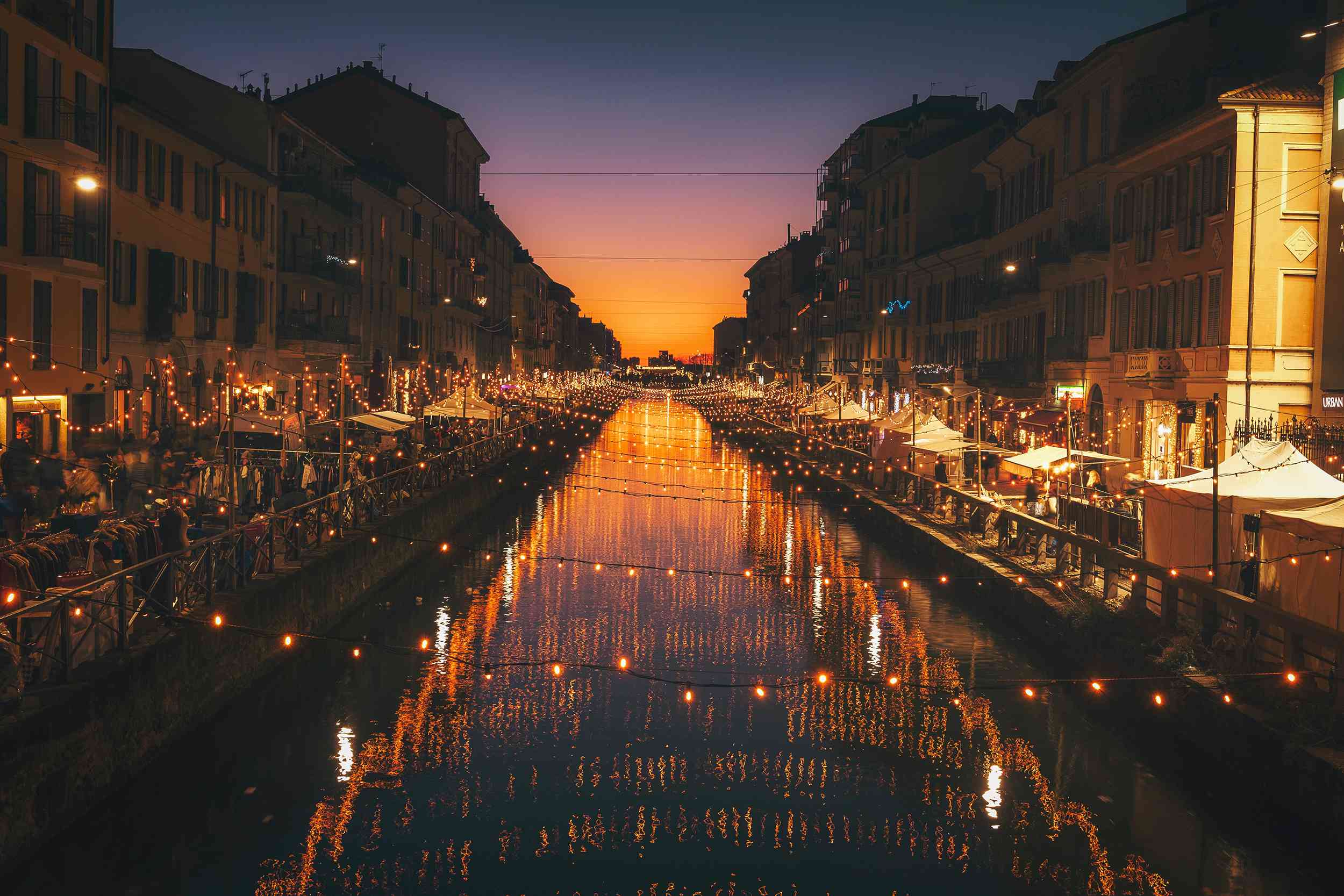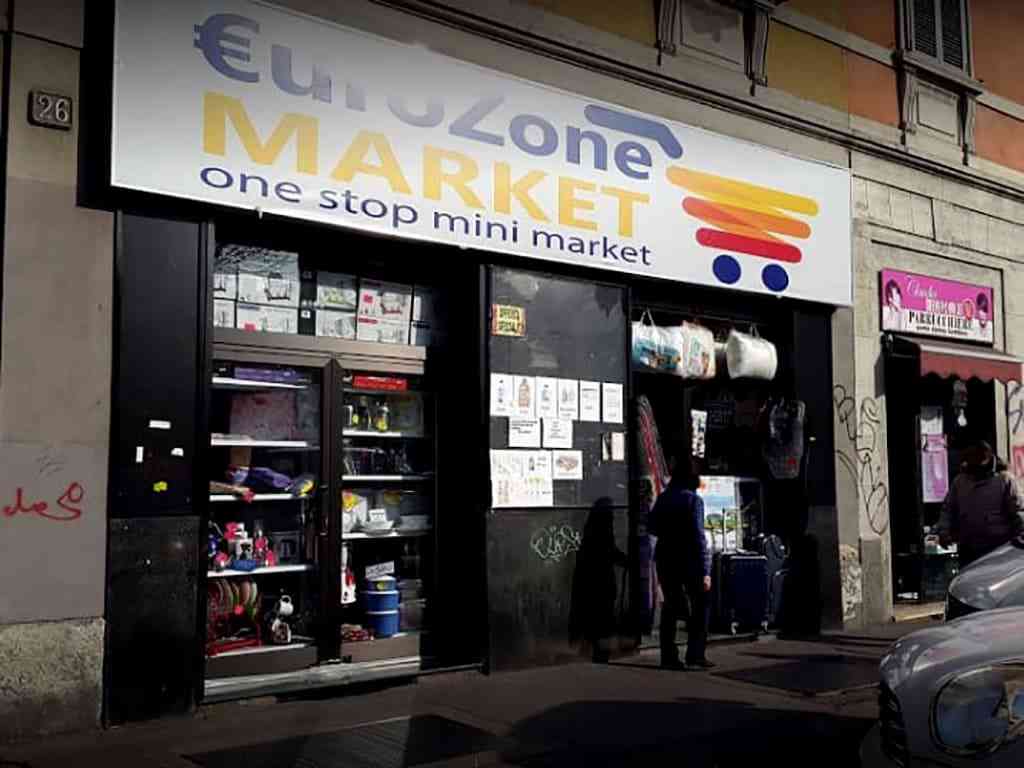Table of Contents
Can You Drink Tap Water in Milan?
Yes, tap water is drinkable.
Tap Safe includes data from many publicly available sources, including the WHO (World Health Organization), CDC (Center for Disease Control), and user submitted databases, but unfortunately there's not enough data about Milan.
To see user submitted ratings of the water quality for Italy, see the "User Submitted Ratings" box on this page.
In Milan, Italy, tap water is safe to drink. Nevertheless, there have been some complaints about leeching pipes from residents living in old buildings. The contaminants that are most likely to be found in Milan’s water supply are lead, heavy metals, microplastics, and chlorine by-products. Fortunately, only certain regions of Milan will be affected by these contaminants. Before drinking tap water, it is essential to ask ex-pats staying near you about their experience.
Source of Water in Milan, Italy

Drinking water in Milan comes from 433 wells around the city. However, other cities in Italy source their water from rivers around the country.
A yearly fifty-eight billion cubic meters of water resources is required in Milan, of which 72% comes from surface water and 28% from groundwater. About 70% of the underground resources are in the flood plains of northern Italy. On the other hand, groundwater is in southern Italy along the short stretches of coastal lowlands and in a few inland areas.
The Vedovelle Fountains

The Vedovelle is the typical dark green cast-iron public drinking fountain in Milan. The water fountains are about one and a half meters high and fifty centimeters wide. A dragon’s head emerges from a rectangular base adorned with the municipality of Milan design and topped with a pinion.
The strange name given to the drinking fountains originates from the sound of the endless stream of water. There are about 400 functioning fountains dispersed throughout the municipality of Milan. The www.fontanelle.org website has a map of all the locations where these fountains can be found.
The oldest Vedovella is in the bronze structure located in Piazza Della Scala. Architect Luca Beltrami was inspired by the gargoyles on the side of the Duomo and designed the huge rainwater drains in the shape of scary monsters.
Milan Tap Water
Milan is one of the most visited cities globally, and if you have ever traveled to this city, you already know why Milan tap water has never been easy to find. You see, the city is one of the most photographed places on earth, and if you take a picture with your digital camera, even five years ago, it will look like something out of a science magazine or something that was photoshop. The truth is that there are probably more underground water sources under Milan than beneath any other city in the entire world.
The fact that the city has tap water that tastes like sewage is also not in question. Many people have a question if that is a good thing, and the answer is a resounding yes. As it turns out, Milan is not the only city in Italy that has water that tastes like sewage; Tuscany also has such water, and although it is a smaller region, it also has the same problem as Milan and Rome.
In short, Milan tap water cannot be called clean, healthy, or safe for drinking. It is not that it is some disease, but rather an apparent lack of quality that is blatantly obvious. This is not just some blogger making his opinions about something he did not like; this is someone who lives in the area and works for a government agency responsible for the upkeep of the environment. What can you say? That is not politics. That is business. And when it comes to business, the bottom line wins.
Milan Bottled Water
If you are visiting Milan and you would like to stock up on some bottles of water, you will find that the best place to do that is right there at the Bellagio. Yes, right in the Bellagio casino, which happens to be one of the world’s most famous tourist destinations.
You may be wondering what all of the excitement is about with this water, so if you are new to Bottled Water, then let me jump into it quickly. First of all, there is no doubt that this is some of the best tasting water available anywhere. Many people say that the flavor is so great that they can’t put their finger on why they love it so much, other than the fact that it is pretty and that it comes from some of the best sources in the entire world.
Another reason that people rave about this, mainly bottled water, is because of the price. As you probably know, the water cost has gone down considerably in recent years, and it is now more affordable than ever. It doesn’t matter where you are in the world or what your budget is. You will find that the water from the Bellagio is reasonably priced, and you can get enough for your entire family, which includes everyone in the house less than $100 per bottle. If you are looking for some good-tasting water and want to save money simultaneously, this is one of the places that you are going to want to look at when you’re planning your next vacation. That way, you won’t have to worry about bringing enough water with you to enjoy the Bellagio sights and sounds while saving money along the way.
Milan Drinking Water
The Milan drinking water system contained dangerous prescription drugs, a carcinogenic substance, lead, and mercury. An Italian researcher’s alarming finding has been given more credence after the European Agency for Research on Cancer (EURAC) researched the same areas. The study was made on two groups’ subjects; one of them had consumed tap water while the other did not. The results showed that people who drank tap water had a higher concentration of atrazine, trichloroacetic acid, and benzene in their urine than those who did not.
Trichloroacetic acid is a known carcinogen and causes cancer. The other substance that was analyzed in the water is a colorless metal that causes damage to DNA. Benzene is known to be a well-known carcinogen and has been linked to leukemia in humans. These findings brought the issue of contamination of Milan drinking water to the public and government’s attention. Since then, practical measures have been taken to purify the water and minimize the number of drugs, chemicals, and heavy metals that contaminate the water.
The Milan drinking water system was found to be contaminated by three drugs, dioxins, parabens, and phthalates. These are known to cause cancer, especially in developing children. Also there were traces of Atrazine, Methylparaben and Tetrachloroethane. These all have known carcinogenicity links, and drinking water should therefore be avoided. Governments of different countries are now working together in a concerted effort to limit the extent of contamination caused by these drugs in drinking water.
Milan Water Quality
Milan is the second most populated city in Italy and the capital of the region of Tuscany. It is situated on the Mediterranean coast and has a coastline that separates it from the Sardinia Peninsula. The city is surrounded by the Ligurian Sea, the Lungau River, and Lake Como. The coastal plain covers a large proportion of the city with a mountainous lower interior, including the mountain range and the pine forests.
There are many water supply sources for Milan, including the rivers and lakes and the underground pipes. However, the groundwater quality in the city is low in some parts and highly contaminated in others. Milan is prone to heavy rains, and it is not uncommon to witness overflowing drains during heavy rainfalls. This pollution the water for the residents of Milan and surrounding areas and thus brings forth contaminated water. The contamination may be caused due to waste materials and industrial emissions, agricultural runoff, and animal manure.
Milan Water Supply
Milan is one of the largest cities in Italy, situated in the northern part of the country. This beautiful city is one of the best tourist destinations for those coming from all parts of the world. Milan is an ideal place to be based for business people and expatriates with a lot of historic buildings and museums and beautiful parks and gardens. Many multinational companies have established their headquarters in Milan with the help of local companies offering water supply. Water has become an essential commodity in today’s times when the population is growing in large amounts worldwide, and there is a great need for safe drinking water.
Milan has a significant distribution network that brings in water from different regions of Italy. Apart from this, Milan also gets water from the nearby areas, including Lecce, Milan, Srinagar, Genoa, Venice, Friuli, and Palermo. The main distribution centers are in Milan, Srinagar, Venice, Genoa, Lecce, and Monza. Water has to be transported in large trucks, which means they are exposed to several risks, including theft and accidents. Hence, you must hire a professional agency to transport your water supply.
You can find several water supply companies in the city of Milan that offer their services both on-demand and on a long-term basis. For on-demand services, you will get water delivered to your doorsteps within a few minutes. The water is clean, hygienic, and contains no harmful chemicals. Water is given to every home, office, public bath, and swimming pool in Milan as per the owners’ requirements. The long-term services are mainly used when it comes to distribution and sewage works.
Other sources:
FAQs about Milan Water
Many Italian cities receive their drinking water from groundwater and springs. For example, Rome receives 97% of its drinking water from springs and 3% from wells. Milan receives its drinking water from 433 wells in the vicinity of the city. However, other Italian cities get most of their drinking water from rivers.

The estimated price of bottled water
$0.60 in USD (1.5-liter)
USER SUBMITTED RATINGS
- Drinking Water Pollution and Inaccessibility
- Water Pollution
- Drinking Water Quality and Accessibility
- Water Quality
The above data is comprised of subjective, user submitted opinions about the water quality and pollution in Milan, measured on a scale from 0% (lowest) to 100% (highest).
Related FAQS
Reminder
Always take extra precautions, the water may be safe to drink when it leaves the sewage treatment plant but it may pick up pollutants during its way to your tap. We advise that you ask locals or hotel staff about the water quality. Also, note that different cities have different water mineral contents.
Sources and Resources
Current Weather in Milan
MILANO WEATHERSome of the Convenience Stores in Milan

- Enoteca El Vinatt dal 1964
- Vivafruit S.R.L.
- Mini Market Il Negozio Sotto Casa
- Stendhal's Mini market
- Gran Market - Ok Sigma
- Lino Market
- La Bottega Simply
- Semprebio - emporio&ristoro - Cuorebio
- Market Girasole
- Euro Zone Market
Estimated Price of Bottled Water
| Volume | EUR | USD | GBP |
| 1.5-liter | €0.41 | $0.45 | £0.37 |